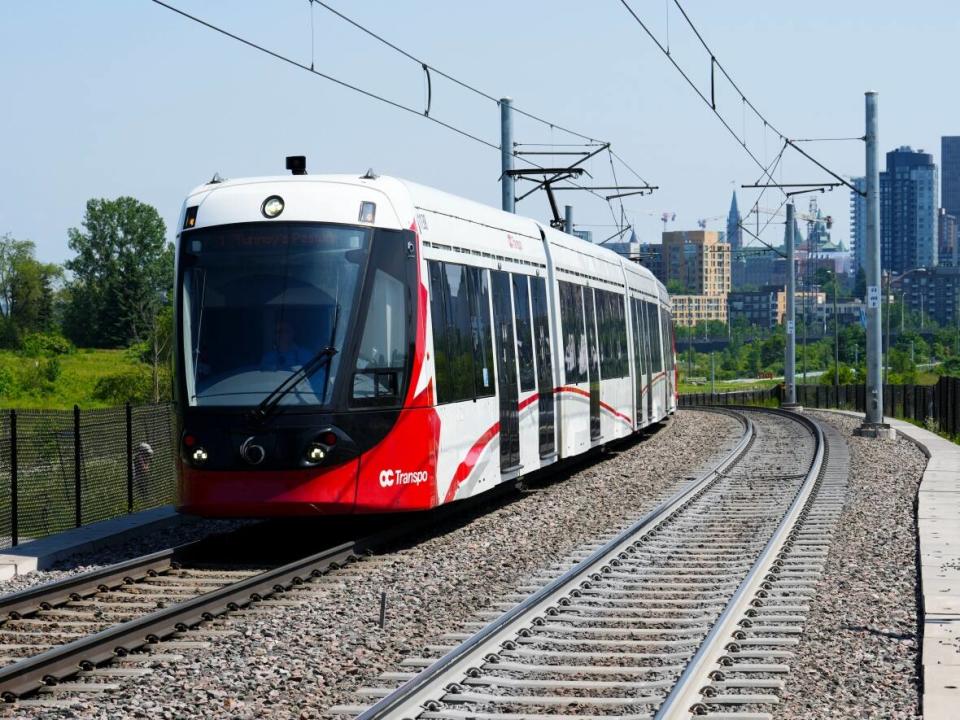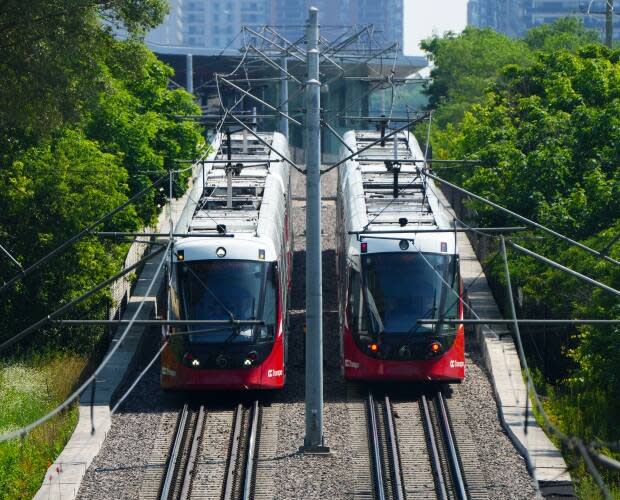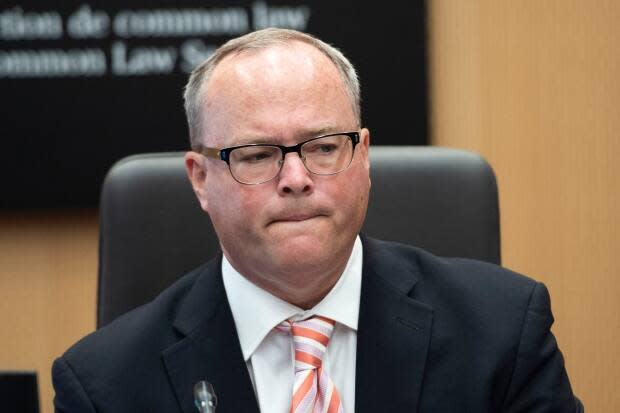LRT inquiry closing statements find a little common ground for city and RTG

After hundreds of hours of testimony, weeks of public hearings and a lot of finger pointing, the city and the consortium that built the Confederation Line finally agree on two things: higher levels of government need to more directly involved in pricing major infrastructure projects and city officials need to be more transparent about how those projects are going.
The provincially appointed commission conducting the Ottawa Light Rail Transit public inquiry posted the closing statements of nine parties involved in the process Monday.
Many of the statements included recommendations — Rideau Transit Group (RTG) and its various affiliated companies made five key suggestions, while the city submitted 23.
While RTG and the city are often at odds when it comes to the Confederation Line, they did agree that the provincial government needs to provide more guidance when setting the target price for mega projects.
For the Confederation Line, Mayor Jim Watson fixated on a price tag of $2.1 billion during the 2010 municipal election, even though that figure was an estimate. The commission heard that, among other things, the estimate didn't take into account so-called "optimism bias" — an established phenomenon where parties in a project base their assumptions on a best-case scenario.
Skeptical about optimism bias
Optimism bias was cited by former RTG CEO Riccardo Cosentino on the first day of the public hearings to explain, in part, why RTG submitted LRT completion dates that were missed.
And it's up to public sector to correct for optimism bias, not the private sector, says RTG.
"Optimism bias is something that applies to every player in complex projects; it is a structural problem inherent to the system itself and therefore requires a structural solution," according to RTG's closing statement.
The city seems to agree.
Although it doesn't specially reference optimism bias in its recommendations, it told the commission that the provincial agency Infrastructure Ontario should consider factors set out in the UK's Green Book during its risk analysis process.
The Green Book is the UK treasury department's massive guide to help officials develop proposals. Among other things, it specifically discusses adjusting for optimism bias "to provide a more realistic assessment of the initial estimates of costs, benefits and time taken to implement a project."

More flexibility on funding: city
The city also recommended that contributions from other levels of government be finalized later in the procurement process.
For the Confederation Line, a price tag of $1.8 billion was set in 2009, but it didn't account for inflation or for the purchase of land. Each of the provincial and federal governments promised $600 million, which left the city having to shell out $900 million, for a total of $2.1 billion — a budget the commission heard was considered unrealistically low by many.
"The process for funding and cost sharing of mega projects should be reorganized to reflect the complexity of the project and to account for procurement and delivery risks," the city argues in its closing statement.
The city's closing statement also alluded to the fact that it did not expect the province and federal governments to withhold $120 million from the final payment, which "placed an unexpected burden on the city."
More transparency on challenges
RTG argued both during the hearings, and again in its closing statement, that there was excessive political pressure to launch the LRT, pointing to how Watson announced in July 2019 that the rail line would open in September, even though the trial testing hadn't started yet.
The consortium calls for limiting "political interference" and improving transparency as a project unfolds.
"When it is known to a municipality or other public authority that a transit project may have challenges (as is commonly the case), such issues should be clearly and honestly stated to the public," RTG said in its statement.
"The public deserves to know. It is their transit system and issues on the system can cause significant disruptions to their lives."
In its recommendations on governance, the city makes a similar plea for more openness, but speaks to keeping council better informed — which, in most cases, would also keep the public better informed.
"Staff need to be aware of potential ambiguities and lack of clarity in reporting on highly technical issues and need to ensure that adequate opportunities are given for council to ask questions and receive fulsome answers."

Report to be filed in November
The people of Ottawa will have to wait another three months for the official findings and recommendations from commissioner Justice William Hourigan.
Considering the commission has received more than a million documents, interviewed 90 witness for hundreds of hours, it's no surprise Hourigan asked Transportation Minister Caroline Mulroney for an extension to deliver the report beyond the original deadline of Aug. 31.
The final LRT public inquiry report is now to be delivered by the end of November.

 Yahoo Movies
Yahoo Movies 